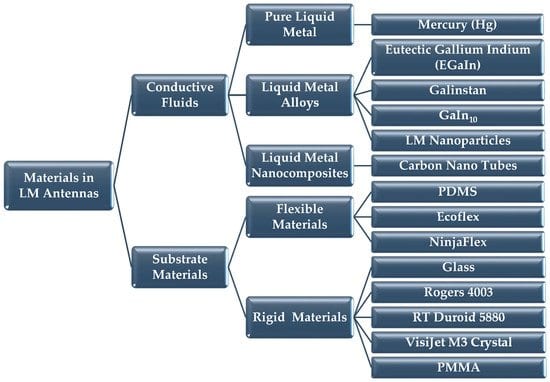International researchers are reviewing structure and design concepts for liquid metal antennas, along with examining and expanding applications where they could prove to be useful.
.
Their findings are outlined in the recently published ‘ Liquid Metal Antennas: Materials, Fabrication, and Applications .’
.
Commonly used in communication devices today, antennas that can be reconfigured are attractive for applications that require a variety of different frequencies in operation, patterns, and polarization. Reconfigurable antennas are usually made with copper—and while such metal offers great efficiency, users are left to deal with inferior mechanical flexibility and ongoing limitations. With fluid antennas though, mechanical properties of encasing materials are passed on, and the antenna takes on the shape of fluidic channels also—leaving them capable of deforming, whether bending stretching, folding, or twisting—and then reverting to their initial form.
.
Typical fluidic antennas are categorized as non-conductive, partially conductive, and conductive: “Non-conductive fluids include de-ionized (DI) […]
Case Study: How PepsiCo achieved 96% cost savings on tooling with 3D Printing Technology
Above: PepsiCo food, snack, and beverage product line-up/Source: PepsiCo PepsiCo turned to tooling with 3D printing...





0 Comments